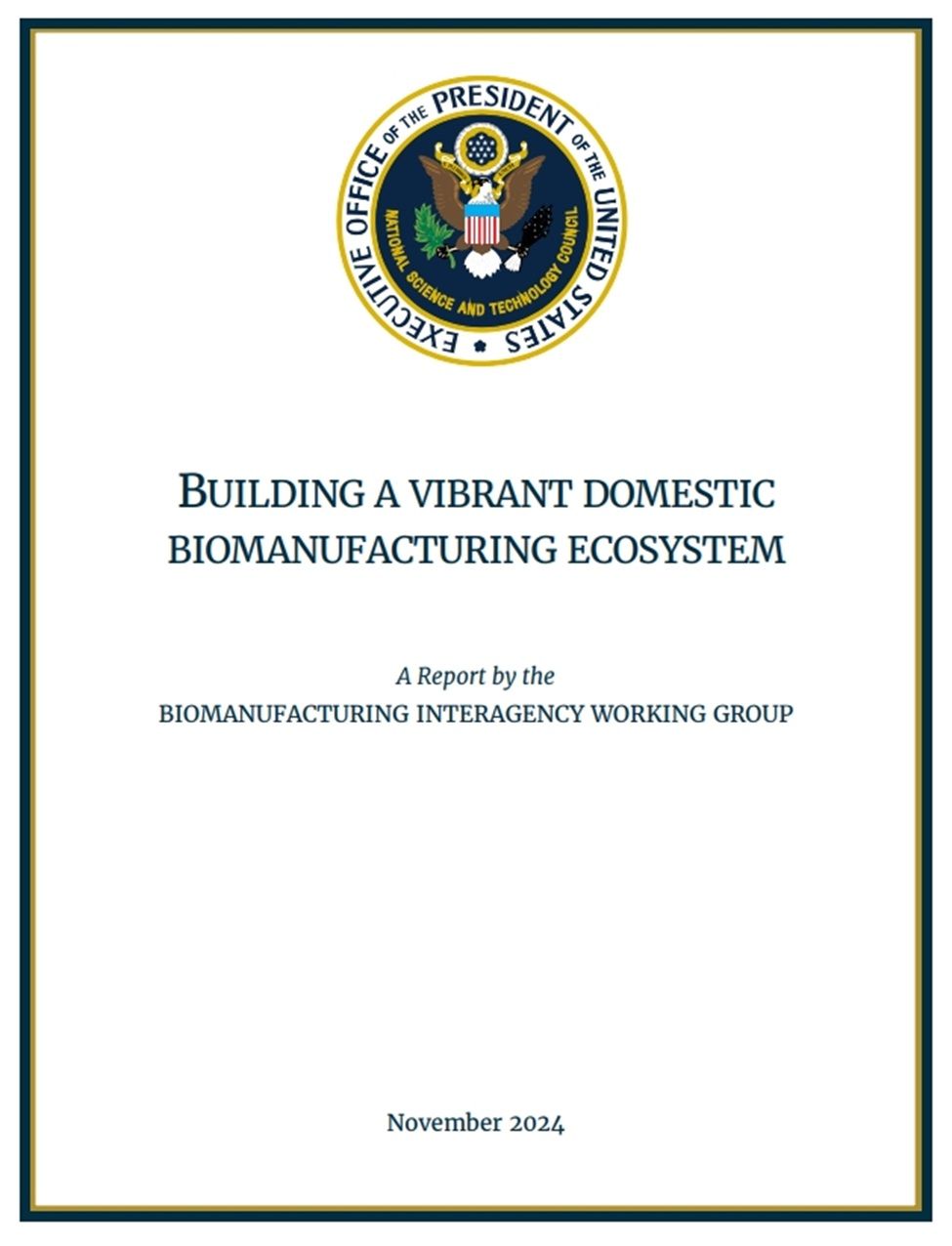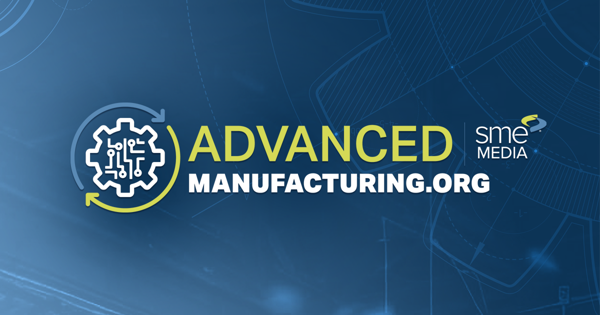


On November 19, 2024, the Biden-Harris administration released a significant report titled 'Building a Vibrant Domestic Biomanufacturing Ecosystem.' This report is a continuation of the efforts initiated by the 2022 National Biotechnology and Biomanufacturing Initiative, which was established under Executive Order 14081 [ffd61747]. The Biomanufacturing Interagency Working Group, comprising representatives from various federal departments, aims to bolster the U.S. bioeconomy, which is projected to grow rapidly and create hundreds of thousands of jobs in the coming years [ffd61747].
The report highlights several key drivers for bioenergy manufacturing, including economics, technology, infrastructure, and workforce development. It emphasizes the necessity for strategic investments in biomanufacturing to enhance the U.S. position in the global bioeconomy [ffd61747]. This aligns with the ongoing initiatives under Manufacturing USA, which has been pivotal in strengthening the manufacturing sector through innovation and collaboration [70cd0c7f].
Stephen Ezell of the Information Technology and Innovation Foundation (ITIF) noted that Manufacturing USA, which includes 17 federally sponsored institutes, has made significant contributions to workforce development and advanced manufacturing skills [70cd0c7f]. The recent launch of the Modern Makers program aims to attract a new generation to high-paying manufacturing jobs, further supporting the workforce aspect highlighted in the biomanufacturing report [70cd0c7f].
Jeff Marootian, a key figure in the initiative, emphasized the need for a comprehensive strategy based on the identified drivers to effectively meet the increasing demand for biomanufacturing [ffd61747]. As the U.S. manufacturing landscape evolves, the integration of biotechnology and biomanufacturing initiatives is crucial for addressing workforce challenges and ensuring the industry remains competitive globally. The combination of federal support, innovative practices, and a focus on workforce development positions the U.S. manufacturing sector for a robust future, aligning with the ongoing investment boom driven by recent government initiatives [7558a061].